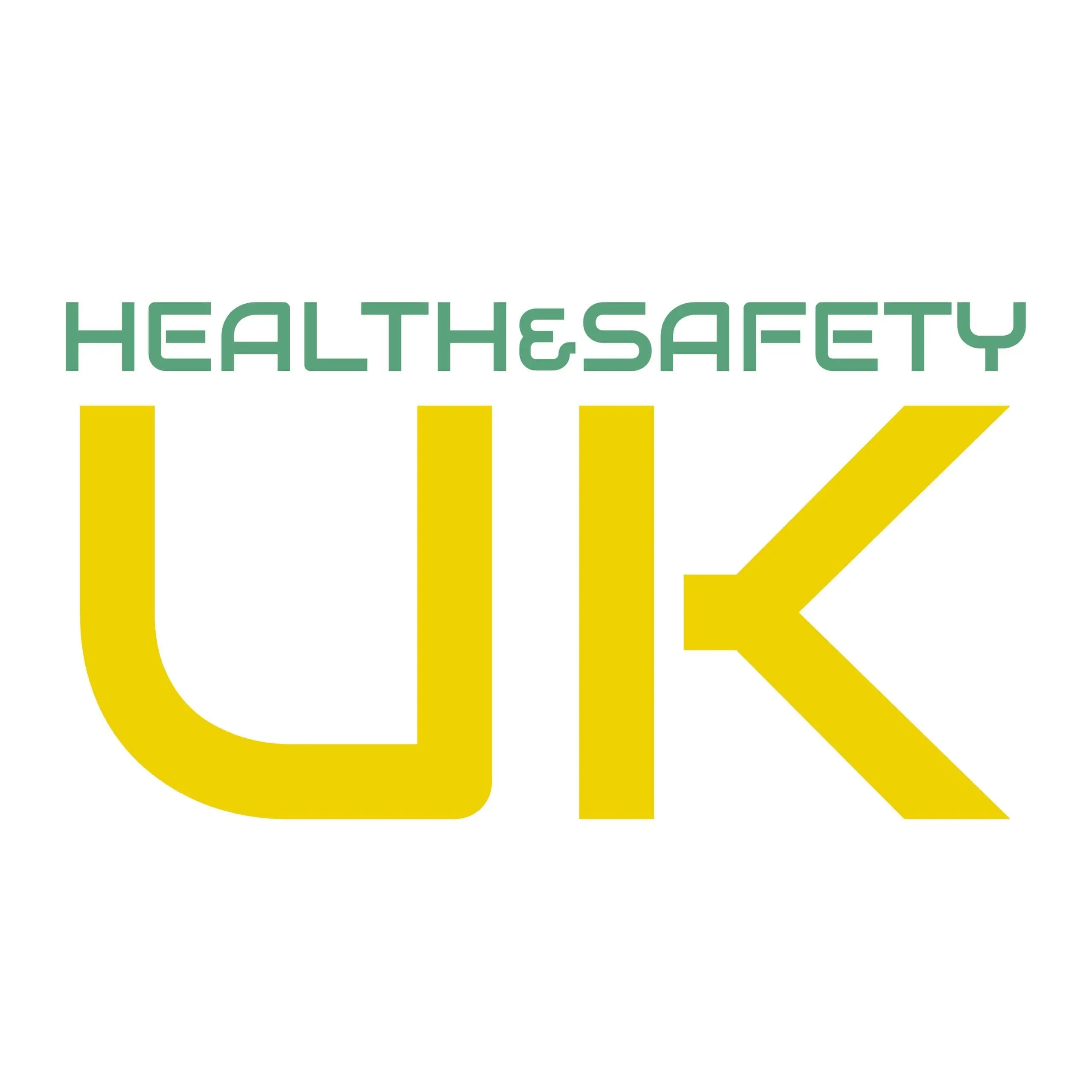Why do I need this document?
An Accident Reporting and Investigation Policy is a critical document that outlines guidelines and procedures for managing and investigating accidents within an organisation. This policy is essential to ensure a safe, healthy, and productive working environment. Here are the reasons why having an Accident Reporting and Investigation Policy is important:
1. Workplace Safety: The primary focus of the policy is to prioritise the safety and protection of all employees. This includes implementing measures to promptly report and thoroughly investigate accidents, thereby preventing future incidents.
2. Regulatory Compliance: The policy ensures compliance with relevant laws and regulations regarding workplace accidents. Adhering to these standards helps to avoid legal penalties and ensures the organisation meets national safety requirements.
3. Risk Management: The policy helps to identify potential risks and hazards that contributed to accidents and implement appropriate measures to mitigate these risks. Proactively addressing these concerns reduces the likelihood of future incidents and enhances overall workplace safety.
4. Health and Well-being: The policy promotes the health and well-being of employees by ensuring that accidents are reported and investigated promptly, and corrective actions are taken. A safe work environment supports a healthy and productive workforce.
5. Training and Awareness: The policy should emphasise the importance of training and awareness for all employees. Regular training on accident reporting procedures, recognising hazards, and understanding the policy ensures staff are well-informed and vigilant.
6. Incident Documentation: The policy should include guidelines for documenting accidents, including the collection of evidence and witness statements. Comprehensive documentation is crucial for thorough investigations and for identifying root causes.
7. Support and Rehabilitation: The policy should provide information on support services and rehabilitation programmes for employees affected by workplace accidents. Offering assistance encourages employees to seek help and fosters a supportive work environment.
8. Employee Conduct: The policy should establish clear rules regarding the responsibilities of employees in reporting accidents. This includes the obligation to report all incidents promptly and cooperate fully with investigations.
9. Accident Investigation: The policy should establish procedures for investigating accidents, including assigning responsibility for investigations and ensuring investigations are conducted promptly and thoroughly. This helps to identify root causes and implement corrective actions to prevent recurrence.
10. Communication and Information: The policy should ensure that employees are informed about the guidelines and procedures related to accident reporting and investigation. Providing clear instructions and information enhances awareness and cooperation in maintaining a safe work environment.
11. Confidentiality: The policy should outline measures to ensure confidentiality in handling accident reports and investigations. Protecting employee privacy encourages openness and trust in the process.
12. Monitoring and Evaluation: The policy should establish procedures for monitoring and evaluating the effectiveness of accident reporting and investigation measures. Regular reviews and updates ensure that the policy remains effective and relevant in addressing workplace safety challenges.
A well-structured Accident Reporting and Investigation Policy is crucial for organisations, as it ensures the safety, health, and well-being of all employees. By establishing clear guidelines and expectations, the policy contributes to a secure, productive, and supportive working environment. The policy should be regularly reviewed and updated to ensure it remains relevant and effective in managing risks associated with workplace accidents.
Industries:
1. Manufacturing
2. Finance and Banking
3. Technology
4. Healthcare and Pharmaceuticals
5. Energy
6. Construction
7. Retail and Consumer Goods
8. Transportation and Logistics
9. Tourism and Hospitality
10. Agriculture and Food Production
11. Creative Industries
12. Education
13. Mining and Quarrying
14. Professional Services
15. Public Sector













Reviews
There are no reviews yet.